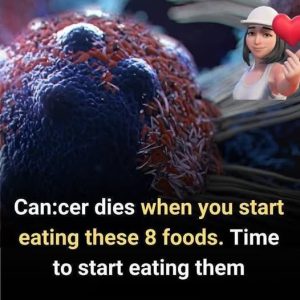1. Introduction to Digestion
The digestive process is the body’s way of turning the food we eat into nutrients our cells can use, while efficiently removing what it doesn’t need. This complex system involves several organs working together, starting from the moment food enters the mouth and ending with waste elimination. Digestion ensures that energy, vitamins, and minerals are absorbed, fueling everything we do—from thinking to moving.
2. Breaking Down the Food
Digestion begins in the mouth, where chewing and saliva start breaking food down into smaller pieces. The food then travels down the esophagus into the stomach, where strong acids and enzymes continue the process. The stomach churns and mixes the food into a semi-liquid called chyme, breaking down proteins and preparing it for further digestion in the small intestine.
3. Nutrient Absorption
The small intestine is the star player in nutrient absorption. Here, bile from the liver and digestive enzymes from the pancreas break down fats, carbohydrates, and proteins into usable forms. Tiny hair-like structures called villi line the intestinal walls and absorb these nutrients into the bloodstream, delivering essential fuel to every part of the body.
4. Waste Elimination
After nutrients are absorbed, what remains moves into the large intestine. Water is extracted here, turning the leftover material into solid waste. The body then eliminates this waste through the rectum and anus. This final step not only removes what’s unnecessary but also helps maintain the body’s internal balance and overall health.


